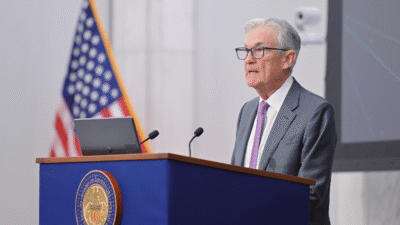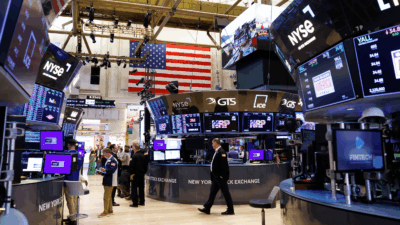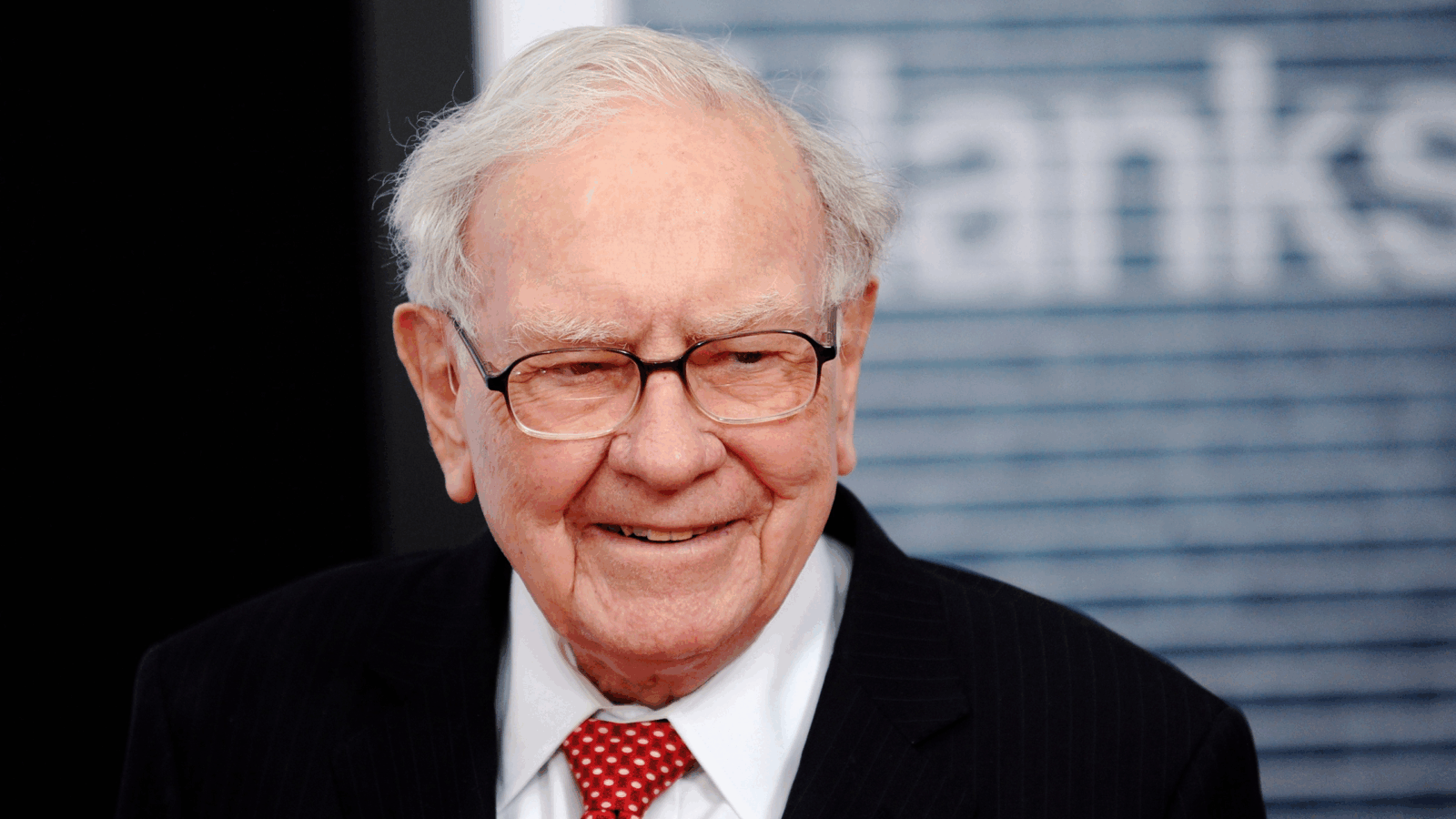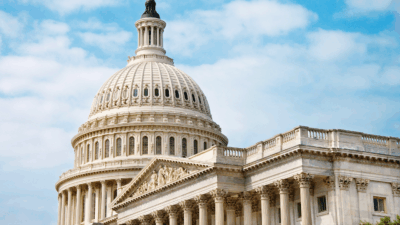
Sign up for smart news, insights, and analysis on the biggest financial stories of the day.
Wall Street watchdogs may have to start chasing shadows.
Via “shadow trades” conducted through anomalous exchange-traded funds, US investors with insider information completed at least $2.75 billion worth of deals between 2009 and 2021, according to a new analysis from academic institutions in Sweden and Australia detailing the latest trick to sneak past regulatory oversight.
What They Trade in the Shadows
Let’s first break down shadow trades. It’d be too obvious for top executives with insider information to trade directly in a company’s stocks right before a major development like an M&A announcement. So instead, they trade stocks in competing businesses that are likely to be impacted by the news, or they throw money into an ETF focused on a particular sector that possibly includes the target company itself.
And while insider trading can result in, you know, just a mere $5 million fine and up to 20 years in federal prison, the legality of shadow trading is a lot more ambiguous. America’s first case on the matter is still going through the courts. With no legal precedent and barely any scrutiny, those at the top had found a clever way to manipulate the system even more in their favor:
- The report, which was conducted by the Stockholm School of Economics in Riga and the University of Technology, Sydney, found that in roughly 3-6% of cases involving M&A announcements, ETF trades increased significantly in the five days before the news broke.
- The billions worth of shadow trades were mostly conducted in the health, tech, and industrials sectors through ETFs such as iShares Expanded Tech Sector, Vanguard Health, and Vanguard Industrials.
“One can get a direct exposure to the company’s share price via the ETF, but in a vehicle that is more subtle than trading the company shares directly, helping reduce scrutiny from law enforcement,” the report said.
A Well-Timed Trade: ETFs aside, the Securities Exchange Commission is soon due to establish new rules to limit another oft-used avenue for insider trading: the 10b5-1 loophole. To prevent executives from trading shares of their companies with the benefit of nonpublic information, 10b5-1’s were established to set timelines for trades far in advance to divorce them from major developments. But the plans are mostly hidden from the public, easy to adjust or cancel, and easy for executives to plan stock-shaking business moves around. By that nature, it’s hard to prove when insider trading occurs.
The maneuver accounted for at least 60% of insider trades in recent years, according to a Wall Street Journal analysis. Beginning April 1, the SEC aims to close the loophole by beefing up mandatory disclosures and requiring delays on when executives can start and modify their plans. Something tells us Wall Street will just find more loopholes.











